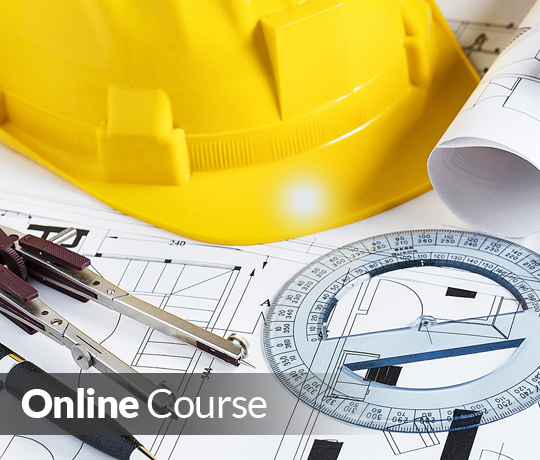|
Upon successful completion of this course:
- Learn how analog control is the representation of quantities by means of physical variables such as current, air pressure, voltage, rotation, resistance, electromagnetic field (EMF), etc.
- Learn about microprocessor-based control stations that are a digital stand alone single controller type, or a split-architecture control system offering powerful, configurable control capability on a modular basis
- Learn how direct digital control can perform all of the control functions, operator displays and graphics, reports and calculations for efficiency and controller tuning, or a computer can be used as a supervisory control for analog control system, microprocessor based control units, or as a data logger with graphic displays
- Learn why maintenance and calibration is a necessity regardless of the type of control equipment being used
- Learn the function of combustion control which comprises a series of devices on a boiler developed to satisfy steam demands automatically and economically by controlling furnace combustion rates through adjustments of the burning components while maintaining a constant set point (such as a fixed but adjustable pressure or temperature) and an optimum (adjustable) ratio of fuel to air
- Learn why steam turbine controls should be supplied with the rapid advancement of electronics, and an electrohydraulic control (ehc) system
|
|








0 Comments